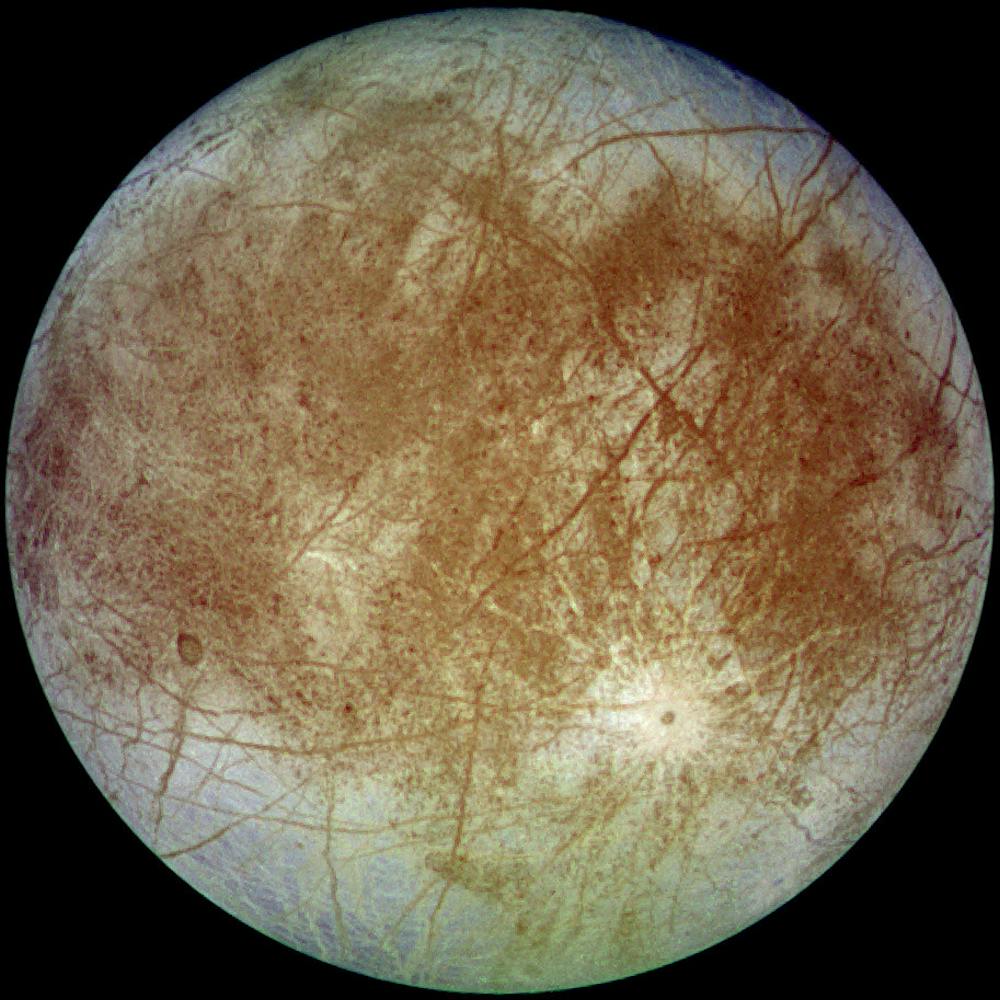By Padmaja Thirumalai
Staff Writer
NASA has recently released a new $5 billion mission to explore Europa, one of Jupiter’s moons. The Europa Clipper mission aims to ascertain whether its underground ocean is suitable for life. The spacecraft launched on Oct. 14 from NASA’s Kennedy Space Center in Florida.
According to NASA, Europa Clipper will perform adjacent flybys of the moon to gather detailed measurements to help scientists investigate it. The spacecraft, NASA’s largest for a science mission, will make 49 flybys, reaching as low as 25 kilometers above the surface. It is about 16 feet tall and over 100 feet long, weighing 3,241 kilograms. The spacecraft is powered by a large solar array.
Before traveling towards Jupiter, the spacecraft will first slingshot around Mars. According to Space.com, on Dec. 1, 2026, the spacecraft will then slingshot around Earth as well. These gravitational assists will allow the spacecraft to be thrown in a high-speed trajectory toward Jupiter. Orbital scientists call this Mars-Earth gravity assist. Europa Clipper is scheduled to reach Jupiter on April 11, 2030.
The science process won’t start right away, however. The spacecraft will take one year to adjust its orbit around Jupiter before getting closer to Europa. According to Space.com,
instead of Europa, Europa Clipper will be orbiting Jupiter because of the dangers of radiation.
This mission wouldn’t have been possible if the devices weren’t tested or if the trajectories weren’t updated. Before commencing a mission, it’s important to check the possibilities of dangers. According to the Institute of Electronics and Electrical Engineers, in July, researchers found out that extreme radiation levels on a group of Europa Clipper’s transistors could cause the parts to fail.
Since the 1960s, scientists have been creating radiation-resistant electronics to function in a radioactive environment. NASA scientists used a process called annealing, which is a process of treatment with heat, to repair defects and redistribute trapped charges.
This mission seeks to help scientists better understand the universe. Scientists will discover the potential of habitable worlds beyond Earth. Through this mission, scientists will also gather an understanding of the ice shell’s nature and the ocean beneath it. Scientists will also learn about the moon’s composition and geology.
According to NASA, scientists say that Europa may be a likely place to find habitable environments. Europa Clipper hopes to determine if there are places beneath Europa’s surface that could support life. The spacecraft is embedded with cameras and other instruments that will produce high-resolution images and maps of the moon’s surface. Europa is estimated to contain twice as much water as Earth’s oceans.
In an interview with CNN, Robert Pappalardo, the mission’s project scientist at the Jet Propulsion Laboratory, described the potential benefits of the mission.
“To me, it would be to find some sort of oasis, if you like, on Europa where there’s evidence of liquid water not far below the surface and evidence of organics on the surface,” Pappalardo said. “Maybe it would be warm, maybe it would be the source of a plume. That could be somewhere that in the future maybe NASA could send a lander to scoop down below the surface and search for signs of life.”
NASA is hopeful that this mission will lead to greater discoveries and possibilities for the future.







